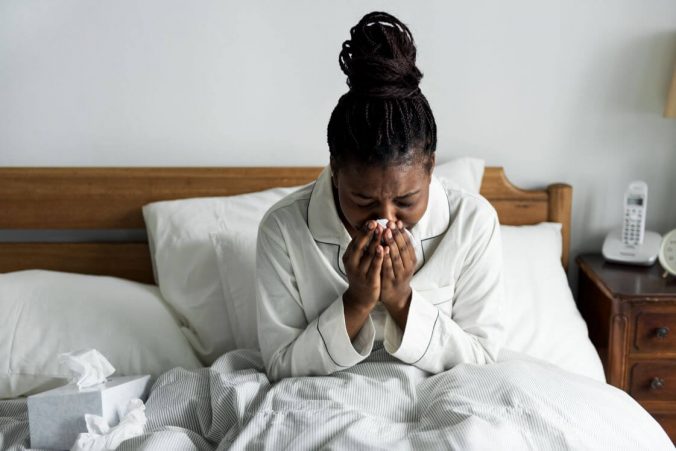On 8 July, Chancellor Rishi Sunak announced a three-point plan to support jobs in the wake of the COVID-19 pandemic when he delivered a Summer Economic Update to Parliament.
Mr Sunak confirmed the Coronavirus Job Retention Scheme (CJRS) will end as planned this October. The Chancellor said furloughing had been the right measure to protect jobs through the first phase of the crisis. The second phase will see a three-point plan to create jobs, support people to find jobs and to protect jobs.
The CJRS will be followed by a Job Retention Bonus, which will be introduced to help firms keep furloughed workers in employment. This will see UK employers will receive a one-off payment of £1,000 for each furloughed employee who is still employed as of 31 January 2021. To qualify for the payment, employees must earn above the Lower Earnings Limit (£520 per month) on average between the end of the Coronavirus Job Retention Scheme and the end of January 2021.
The Chancellor also launched a £2 billion Kickstart Scheme that will aim to create subsidised six-month work placements for young people aged 16-24 who are claiming Universal Credit. Funding available for each placement will cover 100% of the National Minimum Wage for 25 hours a week, plus the associated employer national insurance contributions (NICs) and employer minimum automatic enrolment contributions. Employers will be able to top this wage up.












